Accessibility Features for Visually Impaired Users in Web Browsers
Last Updated :
21 Mar, 2024
Our digital world is filled with websites providing facts, services, and chances. Yet those with disabilities can struggle accessing online content. Web accessibility refers to the practice of designing and developing websites and web applications to ensure that they are usable by everyone, including those with disabilities.
By using accessibility features, web developers remove obstacles preventing disabled users from fully enjoying websites. Accessibility advantages people with disabilities, while enhancing experiences for all visitors too.
Benefits of Accessibility Features
- Improved Accessibility: By utilizing these features, visually impaired users can more easily access and interact with web content.
- Enhanced User Experience: Accessible pages assist not just vision-impaired individuals, but enhance usability overall. They support mobility and slower internet too.
- Inclusive Design: Design should welcome everybody. It ought to have things that help those with disabilities use digital stuff easily. Making technology anybody can enjoy means everyone joins the online club.
- Breaking Barriers: Accessibility features in web browsers help remove obstacles to getting information and talking with others. They change websites from being hard to use into places that are easy to enter, allowing people who have trouble seeing to find things like school stuff, work chances, and ways to connect with friends without feeling worried.
- Innovative Tech Solutions: New web browser tools help people use the Internet easily. Assistive technology like screen readers, voice controls, and personal options work like magic. They allows people with vision problems to access websites and online content. These tools promote inclusivity, showing technology’s power to create equal opportunities. Websites become simpler to navigate for all users.
- Empowering Independence: Web browsers have accessibility tools that help the visually impaired. These features allow easier info access and online communication. This promotes independence for users. They don’t need as much assistance to navigate websites and get information. Using browsers independently improves users’ quality of life.
Activate Accessibility Features
1. Enable Screen Reader:
Screen readers are software applications that convert digital text into synthesized speech or braille output. Most modern web browsers support screen reader compatibility. To enable a screen reader, follow these steps:
Screen readers are software applications that convert digital text into synthesized speech or braille output. Most modern web browsers support screen reader compatibility.
To enable a screen reader, follow these steps:
Step 1: Open your web browser.
Step 2: Navigate to the browser settings or preferences menu.
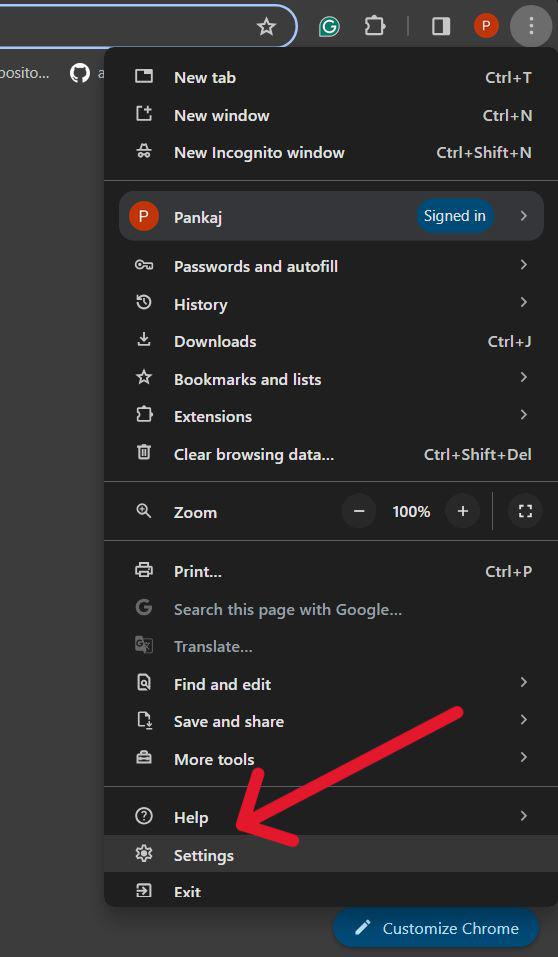
Step 3: Look for the accessibility or accessibility features section.
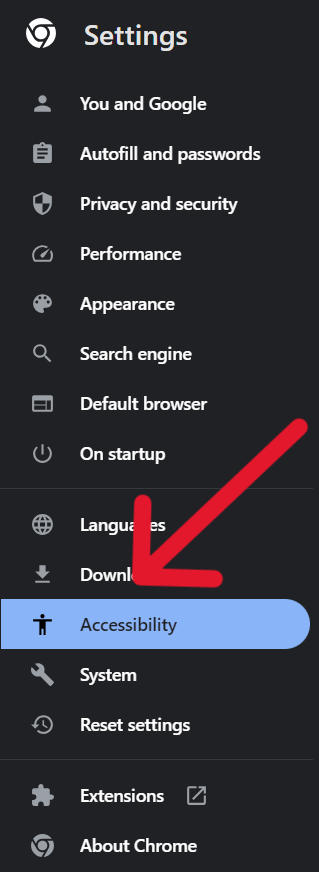
Step 4: Locate the option to enable the screen reader or live captions and toggle it on.
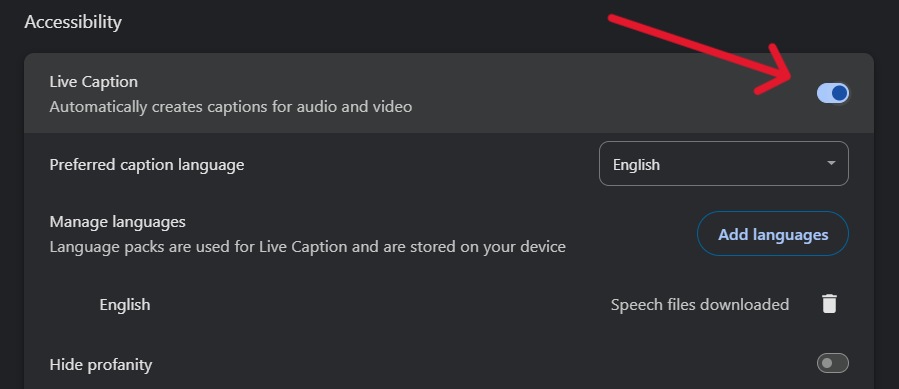
Step 5: Adjust any additional settings or preferences according to your preferences.
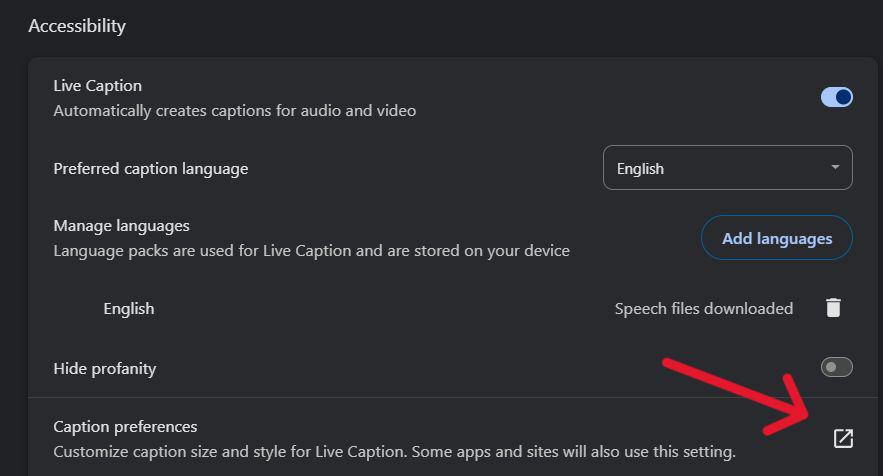
2. Adjust Text Size and Zoom
Visually impaired users may need to adjust text size or zoom level to make content more readable. Most browsers offer built-in controls for adjusting these settings.
Follow these steps to adjust text size and zoom:
Step 1: Open your web browser.
Step 2: Navigate to the web page you want to view.
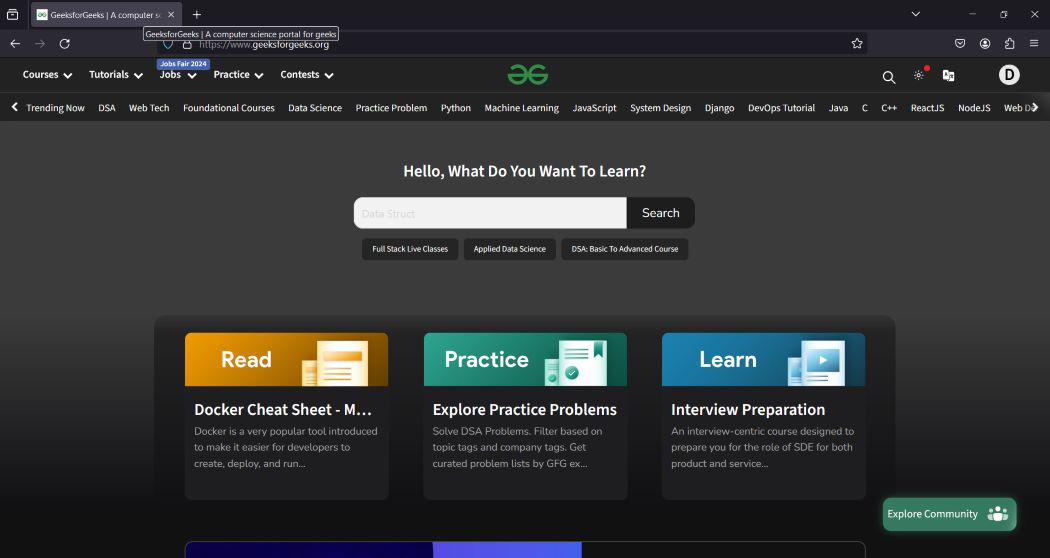
Step 3: Look for the browser’s menu or settings button.
Step 4: Find the text size or zoom options.

Step 5: Increase or decrease the text size or zoom level as needed.
Step 6: Refresh the web page to apply the changes.

3. Utilize High Contrast Mode
High contrast mode enhances visibility by increasing the color contrast between text and background elements.
To enable high contrast mode, follow these steps:
Step 1: Navigate to the system settings.
Step 2: Look for the accessibility or display settings.
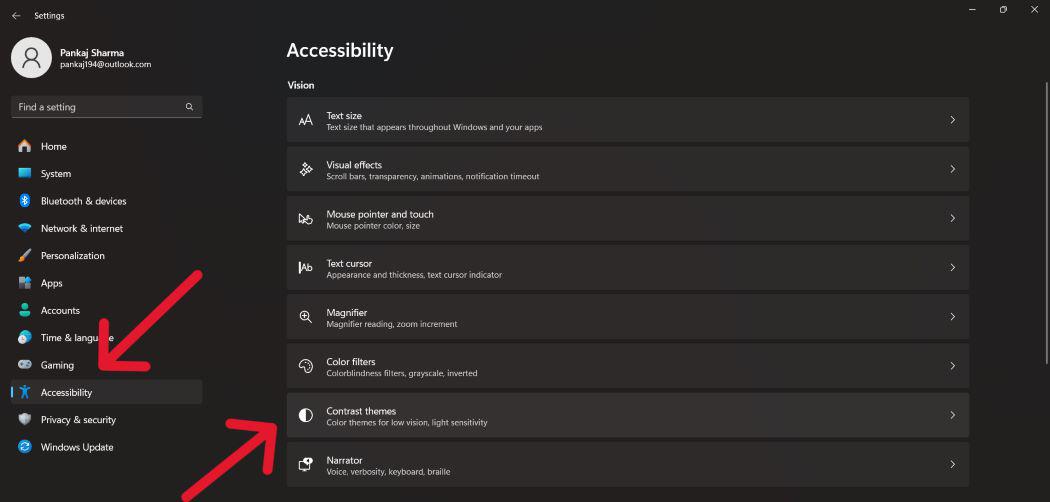
Step 3: Find the option to enable high contrast mode.

Step 4: Toggle the high contrast mode on and click to apply.
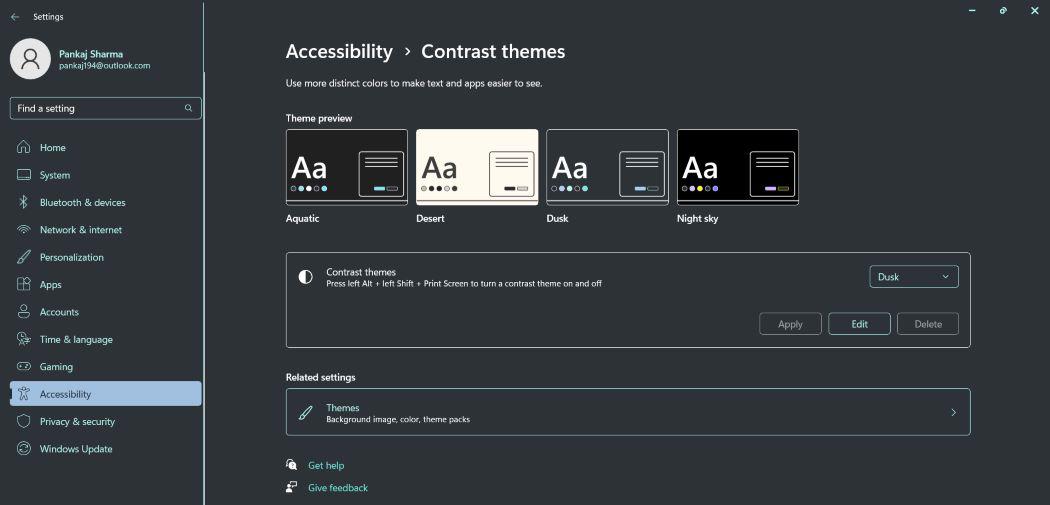
Step 5: Adjust any additional settings or preferences according to your preferences.
4. Enable Voice Control
Some browsers support voice control features, allowing users to navigate websites and perform actions using voice commands.
To enable voice control, follow these steps:
Step 1: Open your web browser.
Step 2: Navigate to the browser settings or preferences menu.
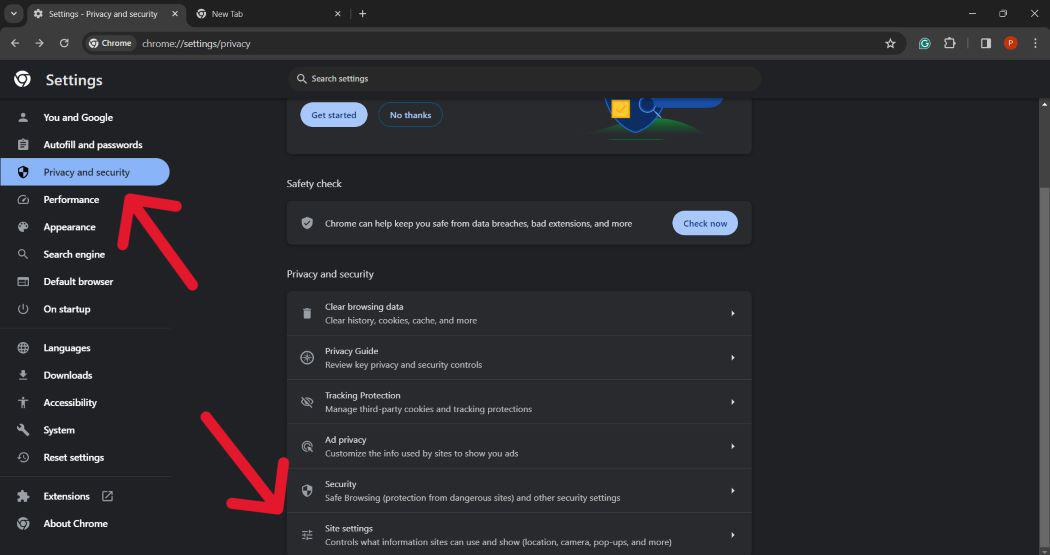
Step 3: Look for the accessibility or site settings.
Step 4: Find the option to enable voice control.
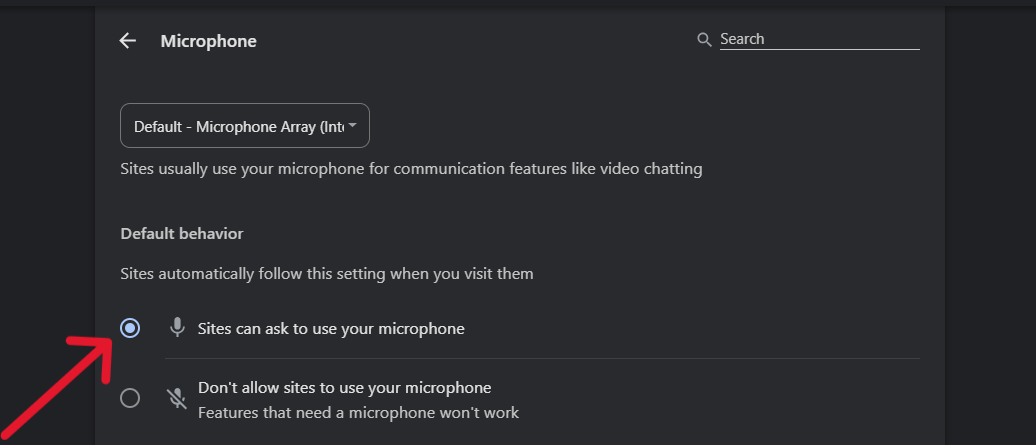
Step 5: Toggle the voice control feature on.
5. Use Keyboard Shortcuts
Using keyboard shortcuts is smartwork. They speed up web tasks for mouse-struggle folks. Most browsers list shortcuts for everyday stuff. To get those keys:
Step 1: Open your browser application.
Step 2: Go to Settings > Help > Help Center.

Step 3: Check the browser’s help guide for shortcut keys.
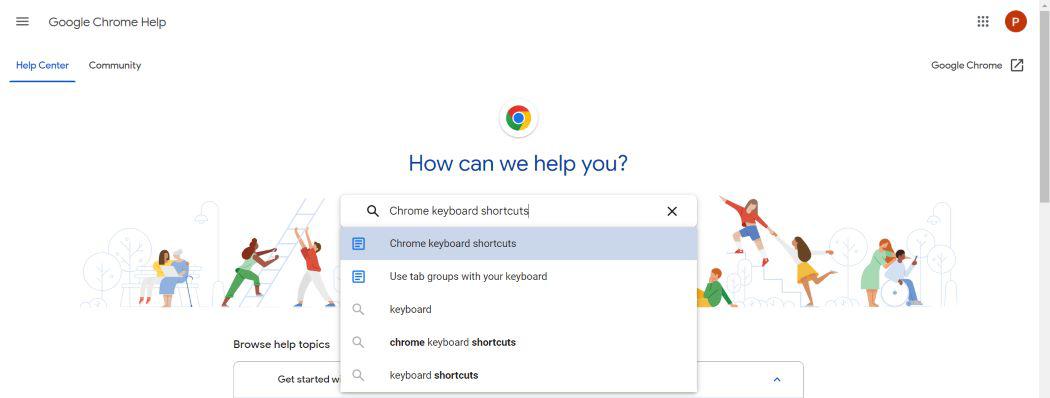
Step 4: Note handy shortcuts like scroll, open tabs, jump between elements.
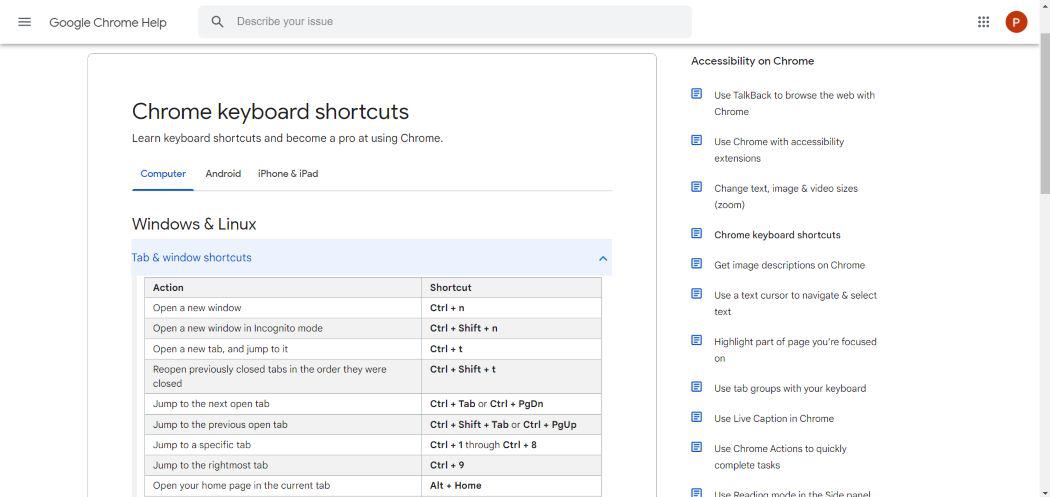
Conclusion
Web accessibility lets everyone access online content easily, despite disabilities. Modern browsers have features helping visually impaired users navigate sites smoothly. It’s crucial for web developers and designers to prioritize accessibility when creating sites. This promotes an inclusive digital world for all users, regardless of abilities.
Share your thoughts in the comments
Please Login to comment...